What is Resting Heart Rate and Why it Matters for Runners
Let's talk all about resting heart rate for runners!
Is it really beneficial as a runner to know your resting heart rate?
Usually, for runners, there is more emphasis on the maximum heart rate but, truthfully, knowing your resting heart rate can also provide much valuable insight to your overall health - and especially to your cardiovascular health.
why is resting heart rate for runners important?
Having baseline heart data can be helpful for marathon runners in a variety of situations.
Did you know that variations in your pulse while resting can mean an illness is coming on or your body is stressed?
It can also mean recovery from a hard race needs to be extended - useful, huh?
Even more serious problems can be detected just by having that baseline heart data.
Optimal performance and overall good health is more likely when you consistently gauge your resting heart rate.
It’s a marker, a reference point, that can provide insight when something feels off.
By being aware of those pulsating shifts, you can fine tune your work-outs - and even your daily habits - accordingly.

Last of all, but not least, this resting heart rate data is also a handy tool for determining whether your situation warrants a call to the doctor.
Basically, knowing your resting heart rate is useful for:
- Regulating whether you’re performing at your normal level.
- Helping you gauge your overall fitness level to know if you’re meeting your goals.
- Alerting you to potentially dangerous heart conditions.
- Indicating the presence of other less serious health maladies.
Normal Resting Heart Rate
So just what is meant by “resting heart rate”?
Well, in a nutshell, your resting heart rate is the number of times your heart beats each minute when you’re at rest.
Pretty straightforward, right?
For most people, normal ranges are between 60 and 100 beats per minute (bpm).
This range differs from person to person due to a variety of factors such as:
- age,
- gender,
- diet,
- environmental components,
- stress levels,
- medications and street drugs,
- caffeine intake,
- hydration levels,
- hormones…
Now, high endurance athletes such as marathon runners will usually fall into the lower part of the spectrum and, in fact, may even fall below the 60 bmp mark plummeting to as low as 40 bpm.
This is because aerobic exercise such as running strengthens the heart muscle enabling it to more efficiently pump more volume of blood each minute.
So a lower resting heart rate, meaning less pumps each minute, is linked with a higher degree of fitness. (Interestingly, at the other end of the scale, an elite athlete’s running heart rate may soar up to 180 bpm! Quite the range between low resting heart rate and the maximum heart rate!)
Over a short time, by tracking the number of times your heart beats each minute while resting, you will know your max resting heart rate (that is, the highest number of beats while resting) and your lowest heart rate while resting.
This will provide you with your resting range.
This range will be your normal and will be useful for alerting you to deviations allowing you to further customize your workouts.
A quick note to new runners
New runners who are just starting to become interested in physical fitness won’t experience numbers dipping below 60 bpm for several months - and don’t be dismayed if you never do.
Not all marathon runners descend this low.
Your resting heart rate will initially depend on your physical level before beginning to run and how often and consistently you run.
This is not a bad thing but is helpful to know. -And, with consistent training, you will see some level of decline in your resting heart rate.
How to Obtain Your Resting Heart Rate
When:
The best time to take your resting heart rate is immediately upon waking while you’re still reclined.
If for whatever reason this doesn’t work for you (I get only too well having to immediately head to the bathroom!), you may take it at another time - or, after that bathroom break, head back to bed for a few minutes and take it.
Just know, if you can’t take it first thing while reclining, it’s best to lie down again, relax for a few minutes and then take it. -And, yes, you can also get your heart data while sitting but just not after having exerted yourself.
Afterall, it’s called “resting” heart rate for a reason. (Do note that if taken while sitting, you might see a slight increase in your beats per minute.)
Consistently taking at the same time each day will give you the most accurate results.
How:
To find your pulse fairly accurately, the use of a heart rate monitor or fitness tracker is a popular practice.
There are a variety of heart rate monitors on the market with the smartwatch being the most common. (Don’t yet have a smartwatch? Gasp! - Here’s help in choosing between a Garmin and Apple smartwatch!)
Your smartphone is another option.
On your smartphone you can download an app that offers heart rate measurements. Read the app's reviews as some find that accuracy is lacking.
For those moments when your smart device is charging - or banned to the other room, the good ‘ol-fashioned way of manually taking your pulse will get you accurate results.
There are two common techniques for manually finding your pulse. One is to use your wrist and the other is to find your pulse in your neck.
To find your pulse in your wrist:
Using your index finger (first finger) and middle finger of one hand, press gently on the inside of your wrist until you feel that pulsating sensation.
(Don’t use your thumb as it has its own pulse.)
When found, count how many times it pulsates in one minute.
A shortcut is to time it for 15 seconds and then multiply that number by 4. -Or, time it for 30 seconds and double the number.
To find your pulse in your neck:
In your neck, your pulse can be found beside your windpipe just under your jaw.
You’ll use the same method as when taking on your wrist. i.e. Press gently using your index and middle fingers to find the pulsating sensation.
Count the beats while timing as described above.
To ensure accuracy, take twice to see if the number of beats per minute is fairly consistent.
Last of all, make sure to record your number each day in order to recognize variations.
That’s all there is to it!
Changes in Your Resting Heart Rate
After monitoring your resting heart rate for about a period of a month, you will have some history of what is normal for you.
A change of about 5 to 10 bpm in either direction is usually an indication that something is different.
This does not necessarily mean that a catastrophe is around the corner but it promotes awareness enabling you to evaluate possible causes.
Adjustments can then be implemented in order to maintain optimal health.
High Resting Heart Rate
Below are factors that can contribute to your heart working a little (or a lot) harder while resting.
- Overtraining - A higher resting heart rate due to overtraining could mean your body is working hard in repair mode. It is in your best interest to alter your training plan if this is the case. That planned hard workout won’t be as productive and may even have to be put on hold and some easy runs implemented.
- Illness - Feeling run-down? This could be a sign that your body is trying to fight something. Full recovery is best before resuming training.
- Stress, anxiety and excitement tend to increase the resting heart rate. Here your running program might actually help alleviate these emotional conditions - that is if it’s a reasonable plan that doesn’t cause more stress, anxiety or excitement. The releasing of those ‘feel-good’ endorphins might just be the solution.
- Sleep deprivation - Time to focus on good sleep techniques if you’re struggling in this area.
- Dehydration - Your heart works harder when dehydrated. Just make sure your effort to drink more doesn’t cause you to head to the bathroom during the night. Stop drinking at least two hours before bedtime to avoid those unwanted bathroom trips.
- Caffeine - Yep, your coffee or tea might cause your heart rate to be elevated even if you don’t feel its impact.
- Cigarette and Tobacco Products - Blood vessels are affected even if you’re an occasional smoker or are exposed to secondhand smoke.
- Alcohol - Have a few drinks the night before? Even having just one drink can influence your heart rate.
- Certain medications - Some thyroid medications, allergy medications and decongestants can cause an increase in heart rate. Medications that treat depression and asthma also result in an increase.
- Weather and/or temperature fluctuations - Low temperatures can narrow your blood vessels and arteries causing your heart to pump harder to move the blood through the constricted vessels. Also, your body is working harder to keep your body warm. - High temperatures and high humidity generate more blood flow to the skin. This causes your heart to beat faster and pump harder. (Here's a guide to running in the heat.)
Keeping your room temperature and humidity consistent will prevent these variances but if that isn’t possible, just realize these factors can be the cause of heart rate fluctuations.
- Pregnancy - A greater volume of blood being pumped is the reason you're now experiencing a high heart rate in this case.

Lower Resting Heart Rate for runners
Now, for clarification, when talking about a lower resting heart rate, we’re not referring to bradycardia that some in the general population might experience.
Bradycardia is a medical condition that occurs when your heart beats fewer than 60 beats each minute.
As mentioned above, well conditioned runners normally experience heart rates lower than 60 bpm - but this is generally not bradycardia.
However, with that said, medical attention should be sought if a long distance runner has a low resting heart rate that is accompanied by concerning symptoms.
In fact, the Mayo Clinic strongly recommends a professional diagnosis if a stronger runner experiences a low resting heart rate along with chest pain, shortness of breath, fainting, dizziness, and confusion - to name several of the more common concerning symptoms.

Ordinary reasons for a lower resting heart rate are as follows:
- New medications - Beta blockers and other medications used to treat heart conditions, as well as migraine medications, are known to slow the heart rate.
- Body temperature - Maintaining your core body temperature helps preserve your slow heart rate
- Sleep patterns - If you are able to get sufficient sleep, you will spend more time in the deep sleep stages. Your heart rate slows and stress on the heart is reduced.
- Hydration levels - If you are hydrated, your heart works more effectively at circulating your blood, preventing a rise in your resting heart rate.
Questions to Ask Yourself to Determine Possible Causes for Fluctuations
Answering the following questions will help determine variations enabling you to get back on track. Ask yourself:
- Have you been vigorously training? -If yes, let your body remain in repair mode by resting or at least reduce the intensity of your training.
- Are you experiencing noticeable stress? -We all have stress of some degree but are you undergoing a higher level of stress? If so, this awareness can explain fluctuations of your resting heart rate. Try to take action to eliminate or at least reduce the cause of stress. (Don’t you love it when you’re told to reduce stress? I know, I know, it’s a challenge!)
- Have you started taking a new or different medication? This might create a new baseline for you to gauge from.
- Is the change in your resting heart rate accompanied by fatigue? Maybe those late nights are catching up with you. Altering your schedule and/or reducing your commitments can be beneficial.
- Are you directly or even indirectly exposed to tobacco products? These products have the potential to contribute to a higher resting heart rate.
- Are you drinking that espresso late in the day? Caffeine might be to blame. -Or maybe it’s that glass or wine. Wine also usually causes your heart rate to increase.
- Have you been drinking enough water throughout the day? Dehydration can cause your heart to work harder, and therefore, faster.
- Are you taking your pulse at the same time each day or at least while calm?
- Is it possible that you are pregnant? Well, that would definitely explain a variation!
When (and When Not) to Be Concerned
Problematic Symptoms and Conditions to Be Aware of
If you are struggling to understand your heart rate variability, a visit to your physician is recommended to figure out if there is an underlying condition.
This is especially advised if you are experiencing:
- dizziness,
- faintness,
- are constantly fatigued,
- have shortness of breath,
- have swelling in one or both legs or
- have episodes of rapid heart rates
After ruling out the likely causes that can influence a lower heart rate or higher heart rate, other less serious health conditions, but still concerning, include:
- thyroid problems,
- anemia, infections,
- atrial fibrillation, and
- irregular heart patterns
So, again, a medical diagnosis is advised if you’re experiencing unexplainable variances in your heart rate while resting.
Heart Disease
Keep in mind that although marathon training is known to be efficacious in disease control, marathon runners can still be at risk for heart disease.
It is common knowledge, but bears repeating, that if you are experiencing any heart attack symptoms you should immediately call 911.
According to the American Heart Association, the most common heart attack symptoms:
- are chest discomfort,
- pain or discomfort in the back, neck, one or both arms, jaw or stomach,
- shortness of breath,
- lightheadedness,
- nausea (with or without vomiting) or
- breaking out in a cold sweat

Athletic Heart Syndrome
Another condition to be familiar with and that is primarily seen in endurance athletes is Athletic Heart Syndrome (AHS).
Athletes with AHS have an enlarged heart and a lower than normal resting heart rate.
Generally there is no reason for concern with this condition as it is harmless. Because of the lack of physical symptoms, diagnosis is usually only detected during a routine screening.
Do be aware though that a serious underlying medical condition that has symptoms similar to AHS may be present. Because of this, Athlete’s heart should be carefully evaluated to rule out these other serious heart conditions.
So again, an enlarged heart is not dangerous unless accompanied by cardiac problems.
If you are a marathon runner who gets regular exercise for more than an hour each day and want reassurance that you don’t have a serious heart disease that mimics AHS, see your doctor for testing.

To Sum it Up…
Being attentive to fluctuations in your resting heart rate can be helpful in order to evaluate contributing factors and then alleviate - or even eliminate - the problem.
The statistics you generate from daily taking your pulse is a great gauge for assessing your preparedness for an upcoming event or to simply use as guidance for further training.
It provides insight regarding your fitness level and can also supply overall cardio health stats while alerting you to potentially serious heart conditions.
Bonus: Reference Chart for Average Resting Heart Rates by Age and Gender
The following two charts provide resting heart rate data.
Marathon runners can make comparisons with the general population and assess your cardio health.
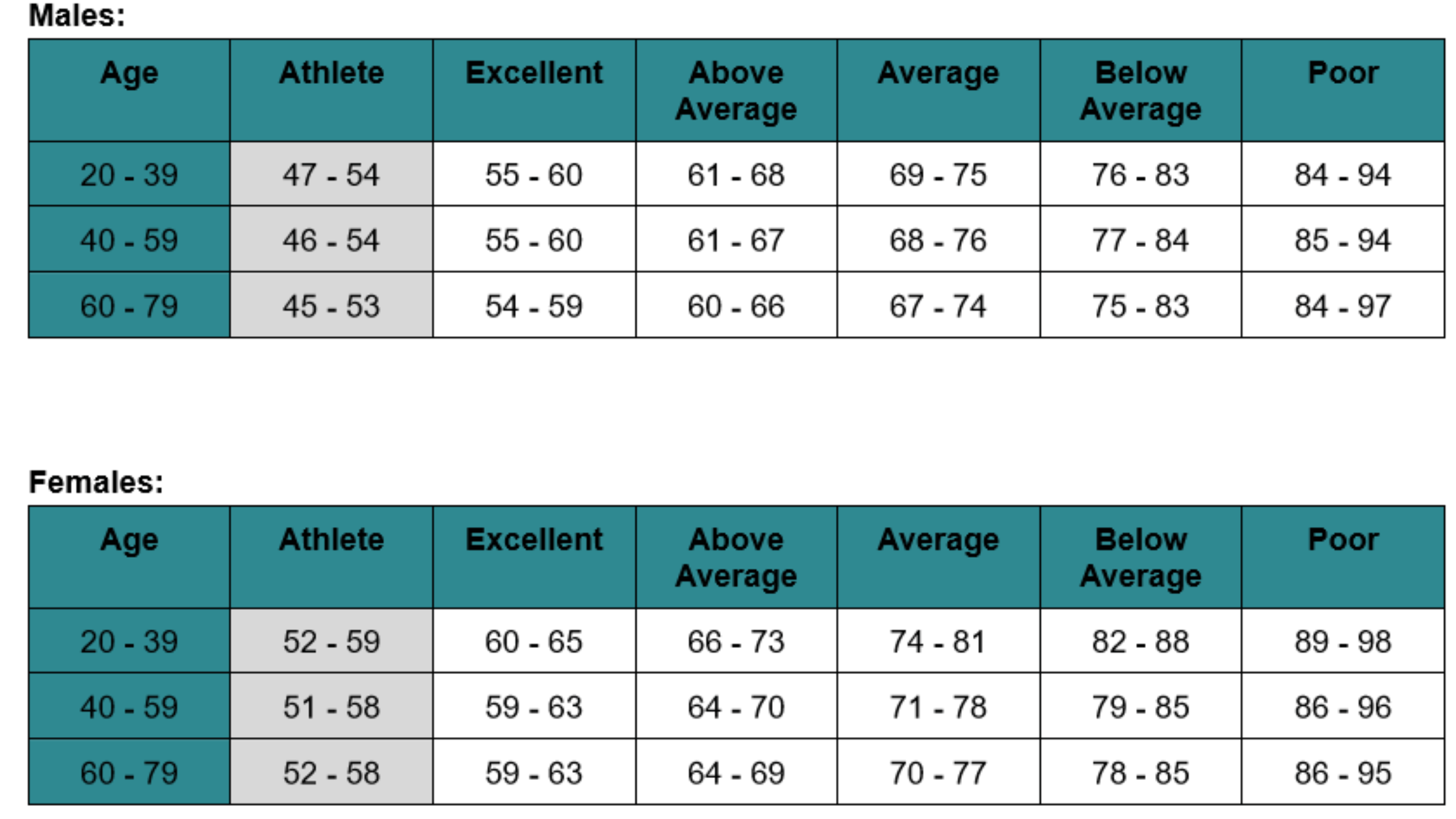
Related Pages:
👋Sign up to receive the free printable strength exercises for runners: 👇
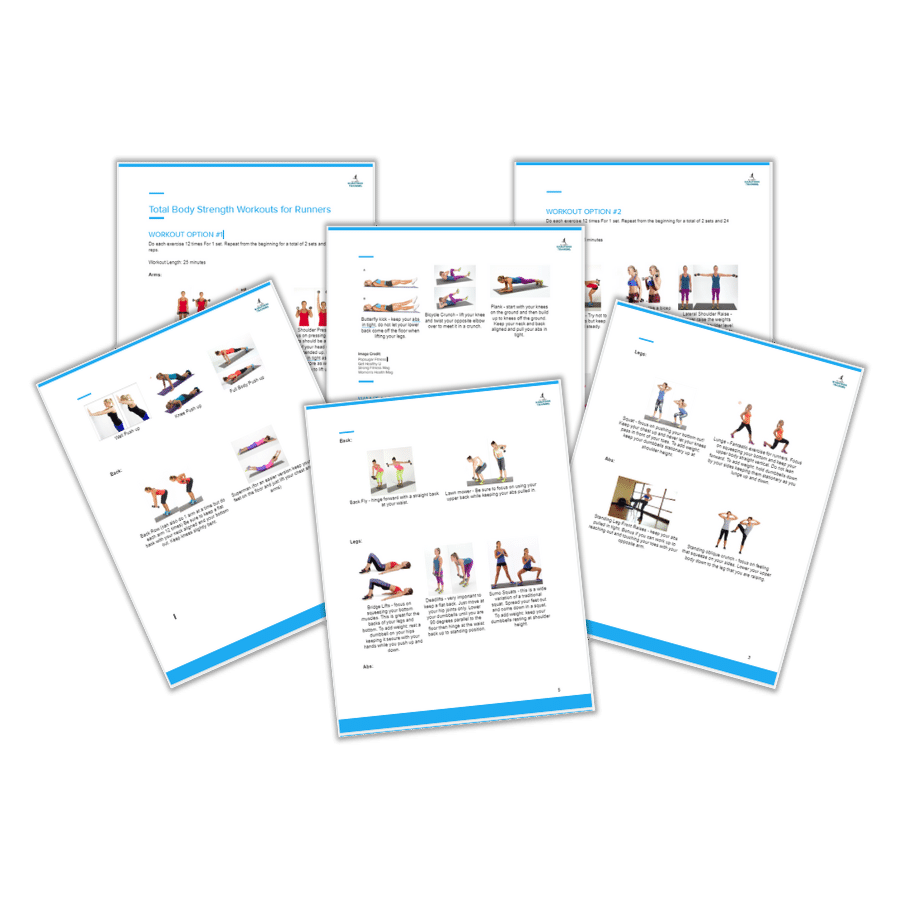 |
Your second block of text...
As featured on:

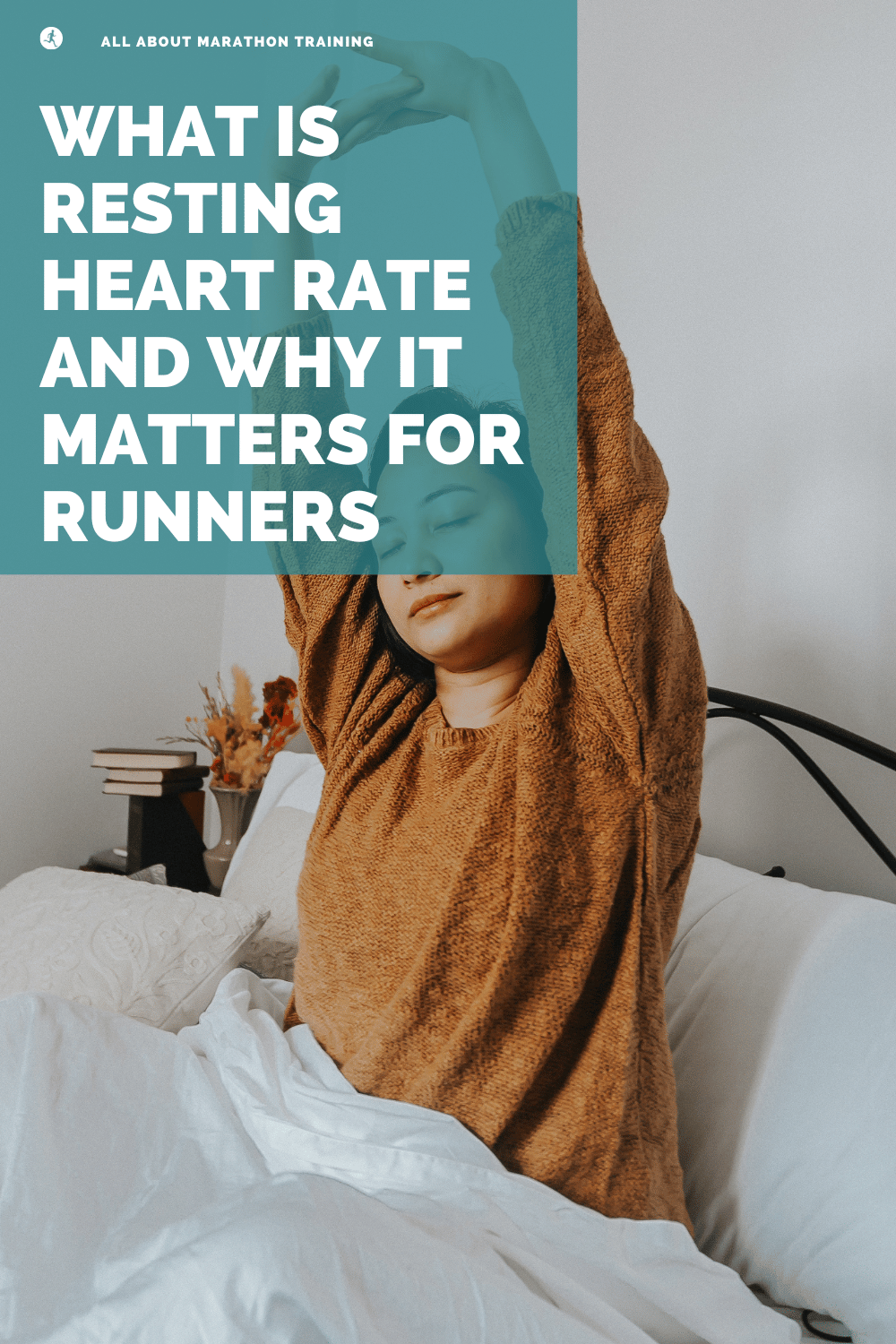

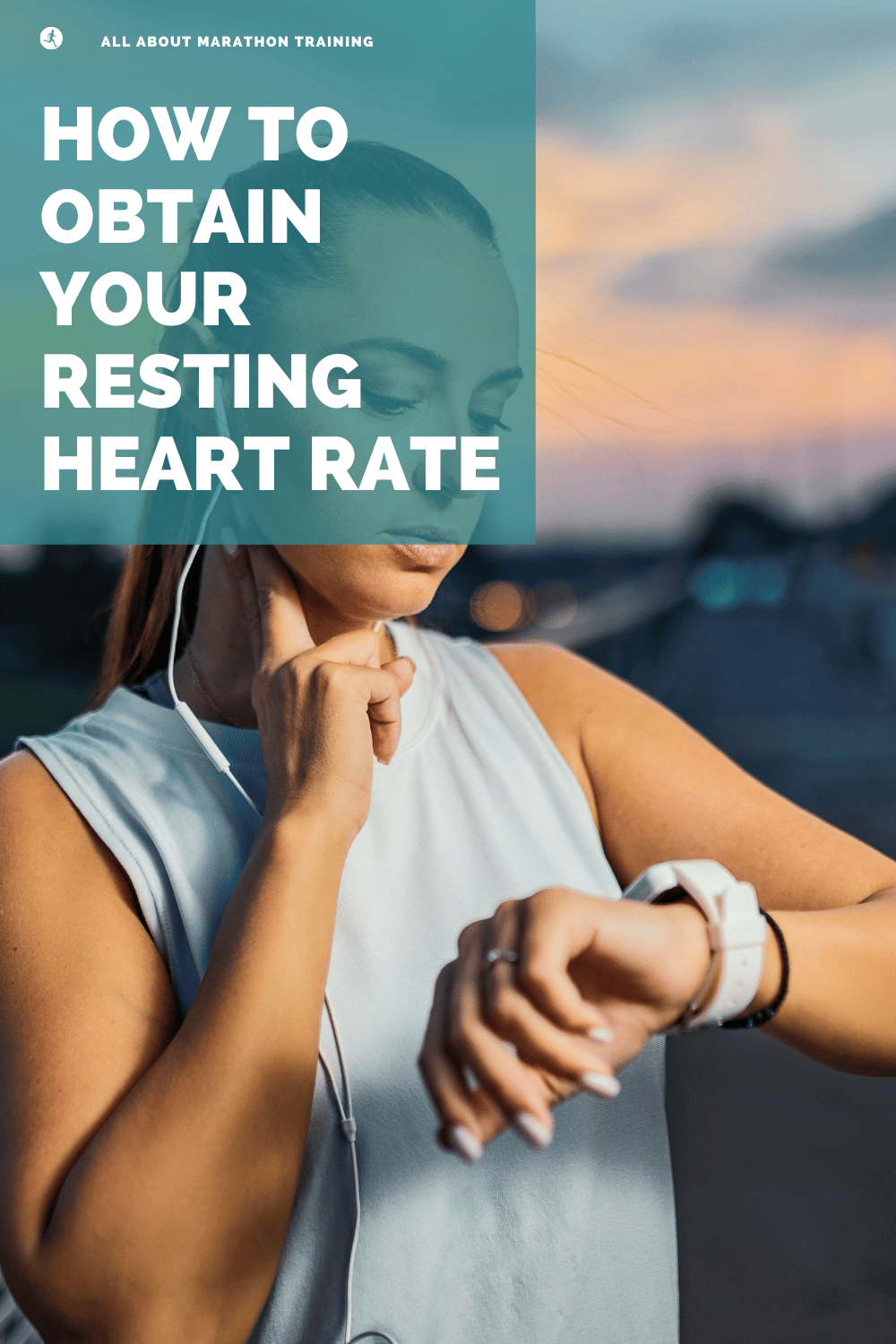
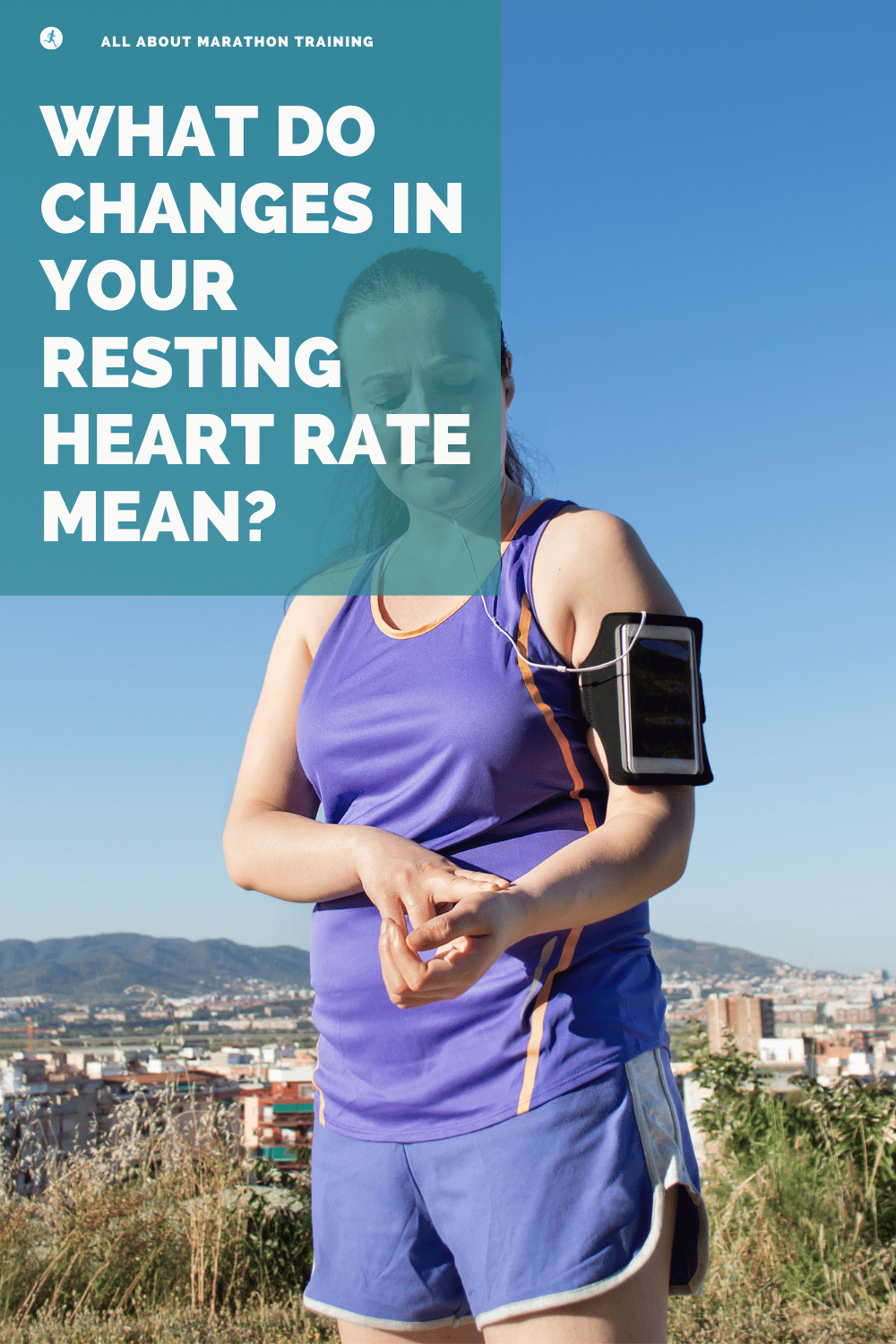






New! Comments
Have your say about what you just read! Leave me a comment in the box below.